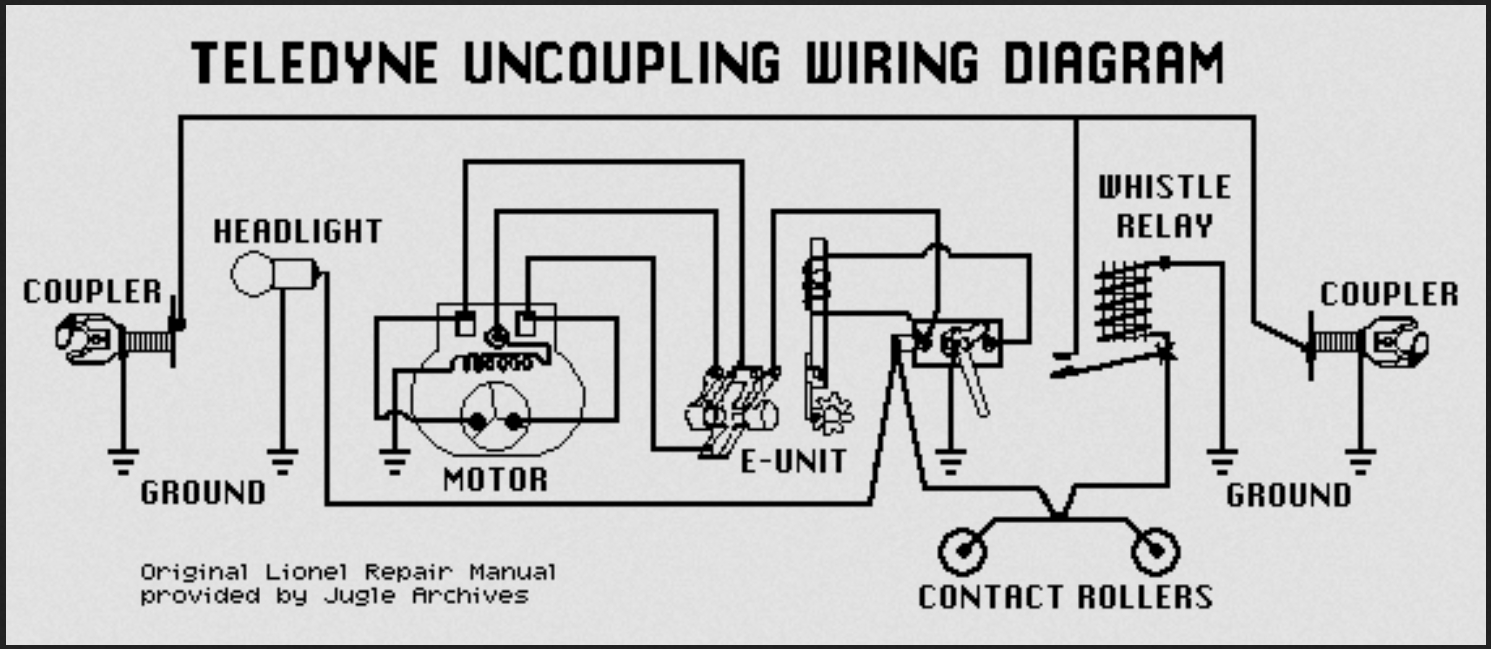I've run into a bit of a wall in trying to help another member complete a project, and need some basic advice from the electrical gurus:
First, it is my understanding that Lionel used a DC voltage offset as an activation signal for their old school whistle tenders, with a similar but reverse polarity used to activate a built-in horn. It is also my understanding that the DC offset voltage is something in the vicinity of 5 volts or so. Are my understandings correct?
However, even if I'm more or less right so far, I have *not* been able to figure out how the DC offset voltage actually triggers the whistle or horn. It appears the old school whistle tender has a "DC relay" that in turn sends track voltage directly to the motor driving the whistle when it is triggered, but I have not been able to figure out how a "DC relay" is not also triggered by the AC track voltage -- sure, it might chatter like crazy, but I can't see why the relay *only* seems to react to the DC offset voltage. IOW, I can't see how the DC component is separated out from the AC to power the relay.
My goal is to help find a simple method to separate out the DC component, normally intended to sound the whistle or horn, to instead power a 5 VDC motor on a car to dump a load when, say, the "whistle" switch on the transformer is activated, then use the opposite polarity of the "horn" switch activation to reverse the motor's direction to restore the dump pan to its original position. My old-school electronics brain immediately went to using a healthy inductance choke in series between the track and the DC motor, which would in theory tend to block the AC component yet still allow any DC offset to flow through to the motor, but AFAICS Lionel did not use anything like that in their whistle/horn activation system. Also, I'm still not sure/have not yet confirmed the DC offset they used is the right voltage with enough current capacity to power the (fortunately relatively small) DC motor that needs to be powered. Any help would be greatly appreciated, even if it's only to clear up my confusion! Thanks . . . ![]()











